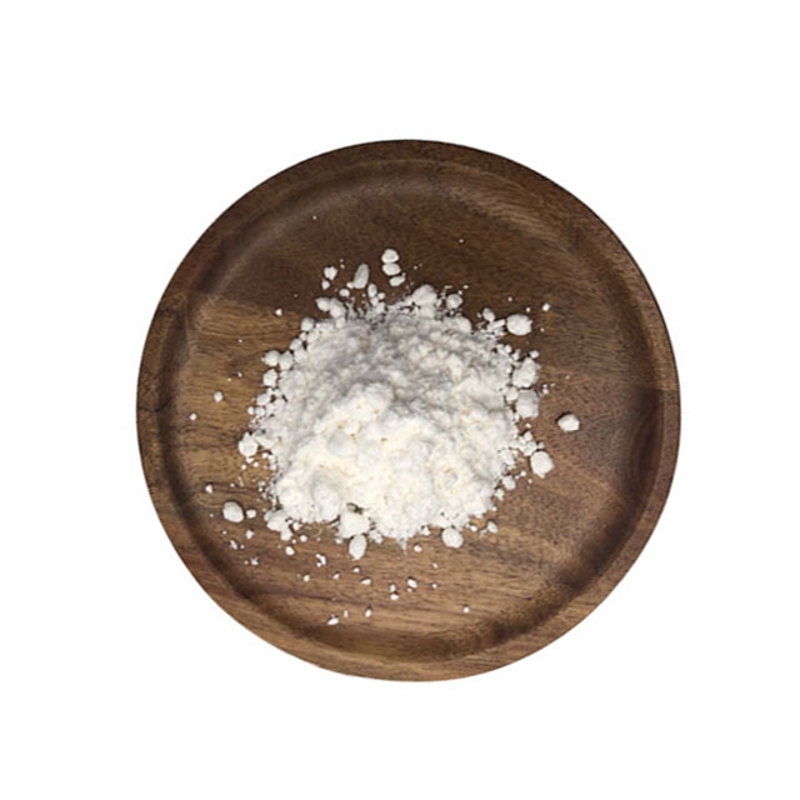-
Categories
-
Pharmaceutical Intermediates
-
Active Pharmaceutical Ingredients
-
Food Additives
- Industrial Coatings
- Agrochemicals
- Dyes and Pigments
- Surfactant
- Flavors and Fragrances
- Chemical Reagents
- Catalyst and Auxiliary
- Natural Products
- Inorganic Chemistry
-
Organic Chemistry
-
Biochemical Engineering
- Analytical Chemistry
- Cosmetic Ingredient
-
Pharmaceutical Intermediates
Promotion
ECHEMI Mall
Wholesale
Weekly Price
Exhibition
News
-
Trade Service
The Central Nervous System Cancer Classification Molecular and Applied Methods Research Consortium (cIMPACT-NOW) recommends the addition of (1) telomerase retrovirus promoter mutations (pTERTmt), (2) 7 chromosome copy number increases and chromosome 10 copy number loss, or (3) isochloric acid dehydrogenase 1 and 2 Wild type (IDH1/2wt) WHO II.grade or III. level diffuse low-level glioma (LGG), classified as having glioblastoma (GBM) molecular characteristics, IDH1/2-wild type, WHO-grade diffuse ascytocyte glioma (IDH1/2 wild TYPE WHO class IV as astroma).
C. C. C. Mircea S. Tesileanu and others analyzed the overall survival rate (OS) of IDH1/2 wild WHO IV.class glioma patients with glioblastoma molecular characteristics and found that it was closer to the OS of WHO IV. grade glioblastoma.
results were published in The Neuro-Oncology in April 2020.
Study Methodology Researchers used patient data from the National Trauma Data Bank (NTDB) for retrospective queue studies from 2013 to 2017.
5,057 subjects were sTBI patients aged >18 years old, with AIS scores of 3, 4 or 5, who received outdoor cerebral drainage or ICP probes in the brain after hospitalization.
by trend score matching, patients who received ICP probe implants within 6h or 12h after arriving at the hospital were divided into early and late groups, comparing the prognostics of early or late ICP monitoring.
the main prognosm index is in-hospital mortality.
secondary prognostic indicators include unconventional discharge, total hospital stay (length of day, LOS), intensive care unit (ICU) hospitalization time, and mechanical breathing days.
results compared 71 patients with IDH1/2 wild WHO IV.class glioma with typical clinical, imaging and histological characteristics of LGG with OS in 197 patients with IDH1/2 wild glioblastoma.
, 22 patients with pTERT mutant as astroma were compared with OS in patients with IDH1/2 wild glioblastoma.
results were found that IDH1/2 wild WHO IV.grade as astrogenic glioma patients with molecular characteristics of glioblastoma had a median OS of 23.8 months and IDH1/2 wild glioblastoma patients The OS median is similar for 19.2 months (Cox proportional risk model: risk ratio HR s 1.27; 95% CI, 0.85-1.88; P s 0.242).
of IDH1/2 wild WHO-class astrogenic gliomas with glioblastoma, only patients with pTERT mutations were also very close to OS in patients with IDH1/2 wild glioblastoma (HR=1.15; 95% CI, 0.64-2.10; P=0.641) (Figure 1).
Figure 1. IDH1/2 wild TYPE WHO IV. Class Astrogenic Glioma, IDH1/2 Wild TYPE WHO II.-III. Level Astrogenic Cytoma and IDH1/2 Wild Glioblastoma patients' survival rate comparison.
The study showed that IDH1/2 wild as astrological glioma OS was similar to OS in patients with IDH1/2 wild gliomas with typical clinical, imaging and histological characteristics of diffuse low-level gliomas.
The results therefore support the revision of the WHO classification of central nervous system tumors to reclassify IDH1/2 wild-type diffuse cytoglioma with glioblastoma molecular characteristics as IDH1/2 wild-type WHO IV.class as astrological glioma.
: The intellectual property rights of the content published by the Brain Medical Exchange's Extra-God Information, God-based Information and Brain Medicine Consulting are owned by the Brain Medical Exchange and the organizers, the original authors and other relevant rights persons.
, editing, copying, cutting, recording, etc. without permission.
be used with a license, the source must also be indicated.
welcome to forward and share.
.







